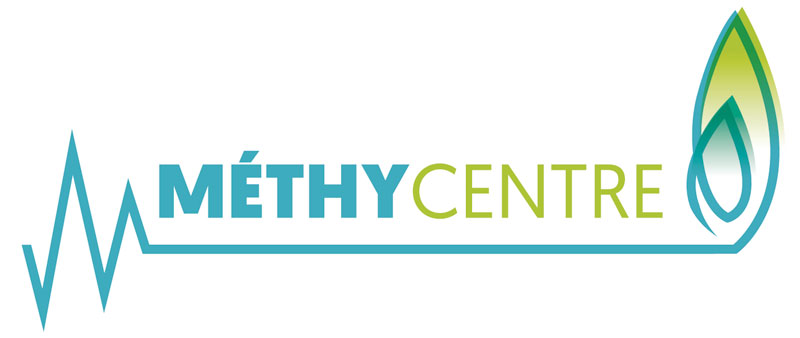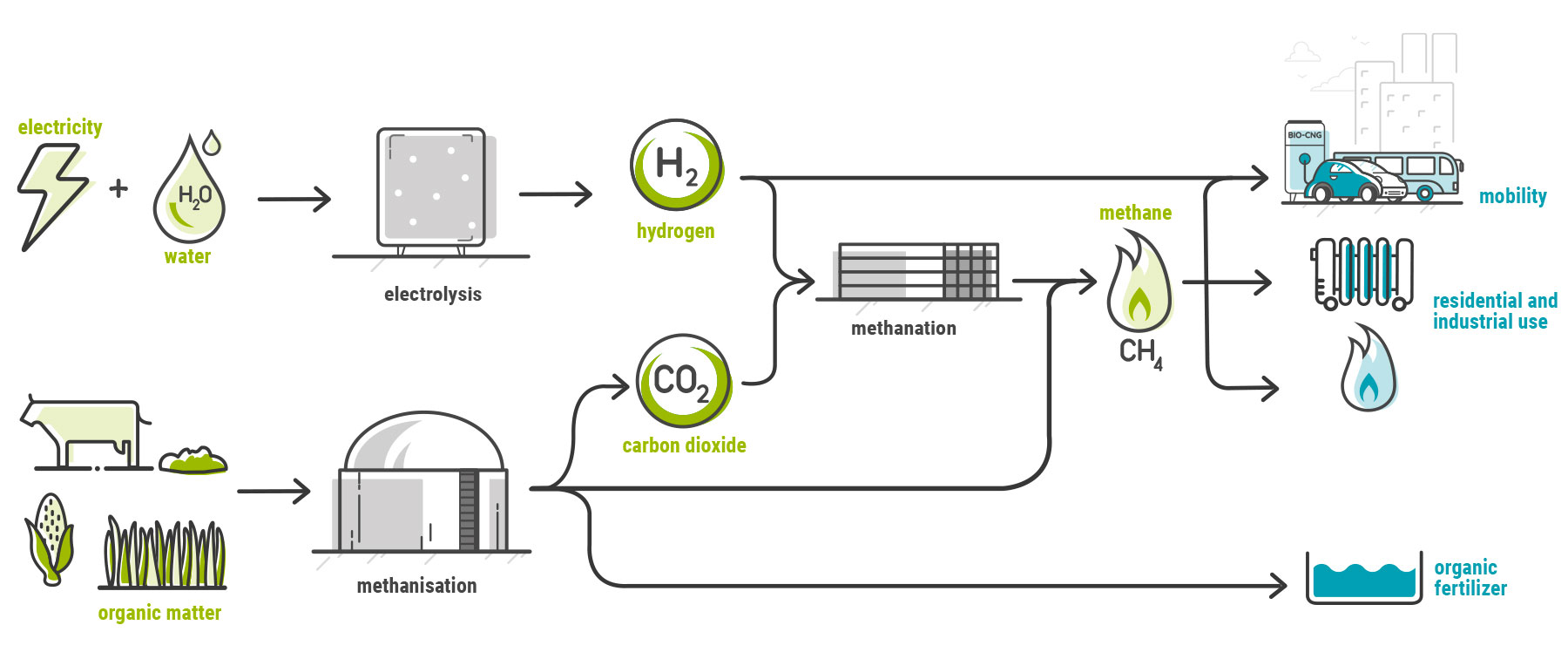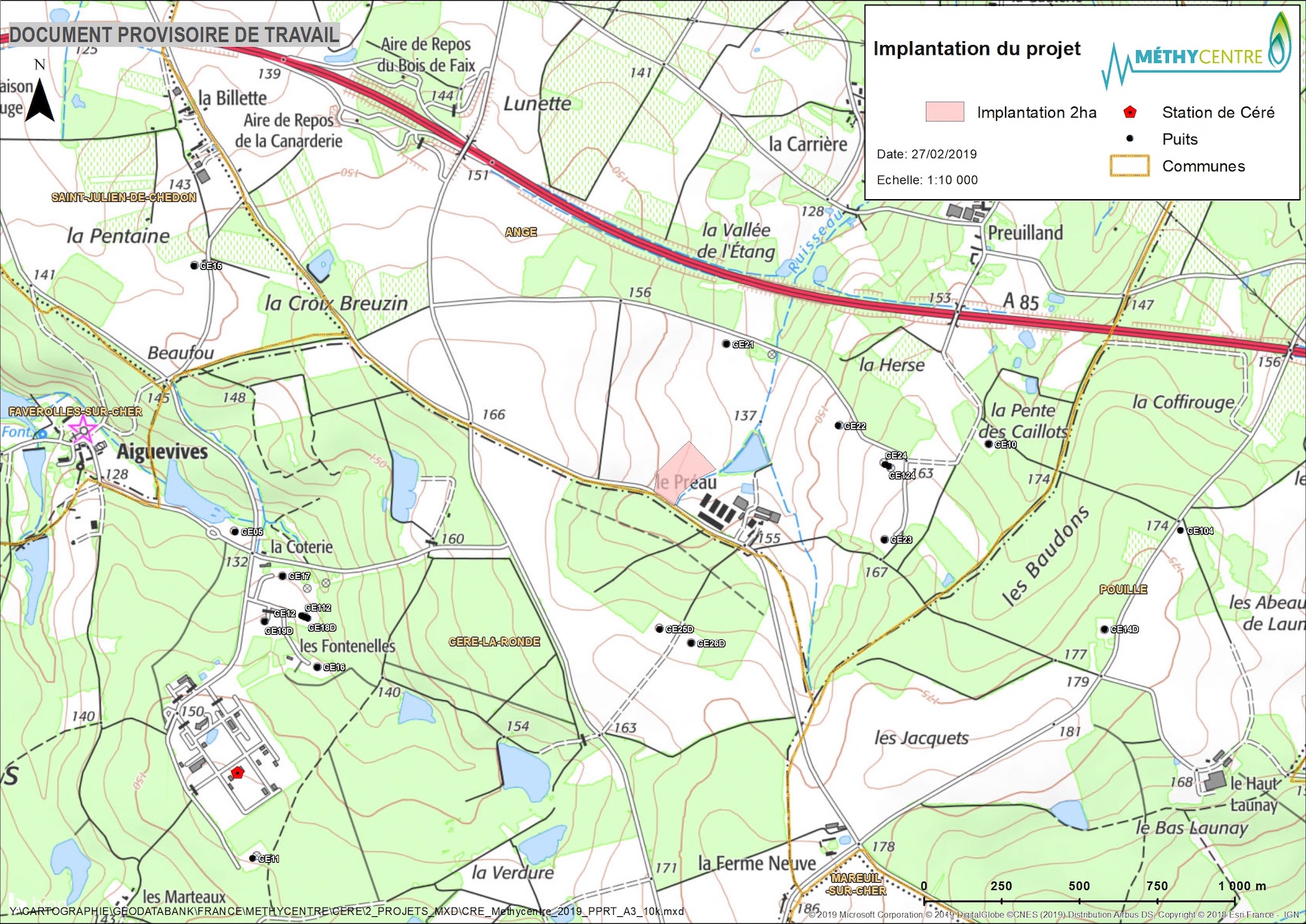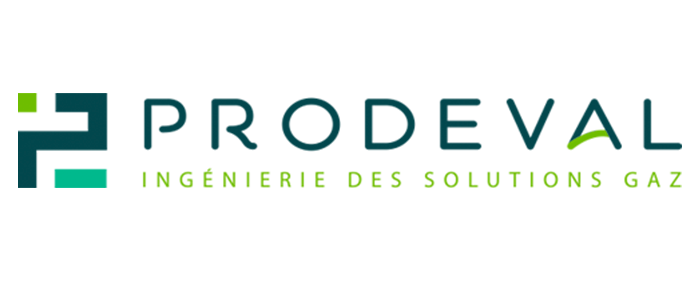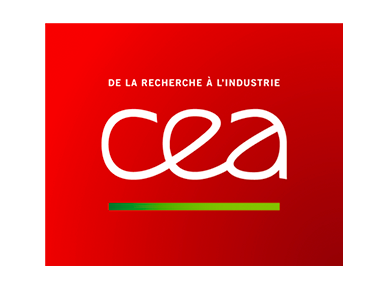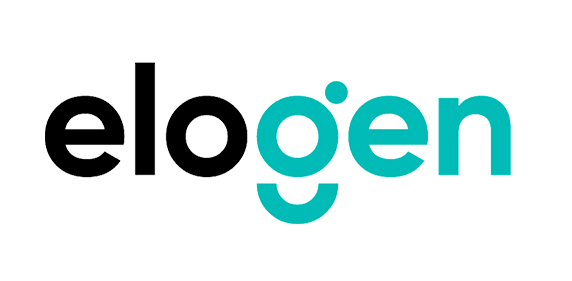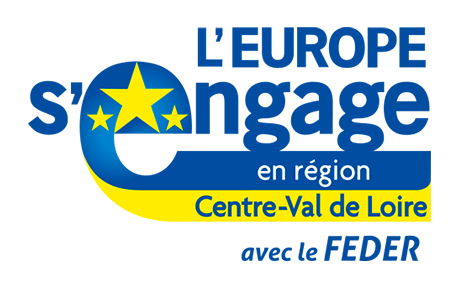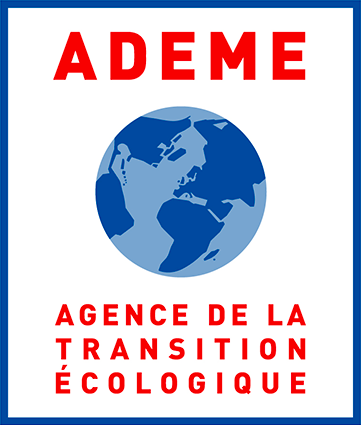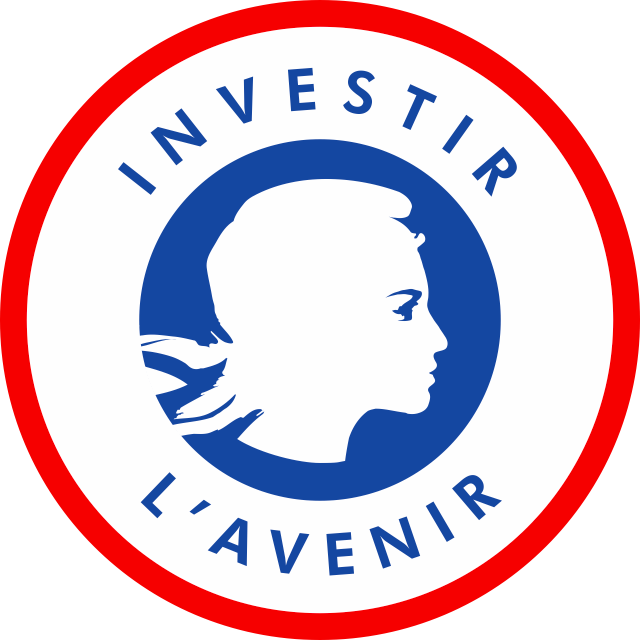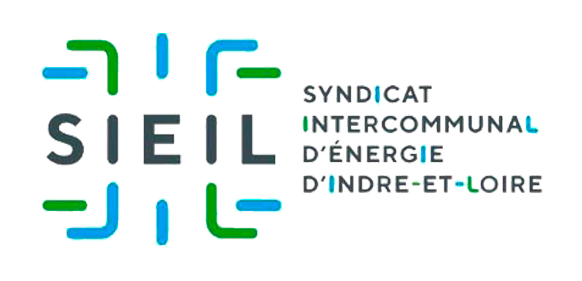The MethyCentre Project
The concept of MethyCentre
Storing electrical energy in the form of gas through a process called Power-to-Gas.
The MethyCentre demonstrator aims to demonstrate the technical and economic feasibility of this process, which enables the production of renewable gas as a substitute for fossil-based gas.
Through the use of methanization and Power-to-Gas, MethyCentre will make it possible to provide renewable methane (natural gas) and hydrogen to consumers.
The produced methane will be injected into the local gas network to meet domestic (heating, hot water, cooking) and industrial (heat, chemistry) needs, as well as fuel requirements for transportation. Hydrogen will be offered for vehicles.
Resources from the local area
Several local energy sources are accessible to MethyCentre.
MethyCentre will consume electricity from the grid amounting to 1 GWh per year, accompanied by renewable origin guarantee certificates, validating the functionality of the demonstrator in a low-carbon context.
The organic materials valorized through methanization will come from agricultural operations located around the site, in Indre-et-Loire (37) and Loir-et-Cher (41).
The production of hydrogen consumes water, while methanation generates it. In total, MethyCentre will consume approximately 400 m3 of water per year, equivalent to the annual domestic consumption of 8 residents.
The choice of the Angé site for the installation is the result of a concerted approach.
The choice of the site for MethyCentre’s equipment is the result of considering several criteria and engaging in a dialogue with local stakeholders (administrations, local officials, farmers, associations, residents, etc.) around the Storengy storage site in Céré-la-Ronde.
A first survey, conducted by Storengy, identified several potential sites for meeting the following needs of MethyCentre:
– Having a sufficient surface area (minimum 1 hectare required);
– Providing road access for the supply of inputs for methanization;
– Allowing connection to electricity and gas networks;
– Integrating MethyCentre into its environment;
– Adhering to the Technological Risk Prevention Plan (PPRT);
– Being able to develop a methanization solution with local stakeholders.
A grid of analysis, co-constructed with local stakeholders, then allowed the study and comparison of different sites in terms of their suitability with several success factors.
The chosen land by Storengy, covering 2 hectares, is located northeast of the La Sablière agricultural operation, in the municipality of Angé and the Val de Cher Controis Community of Communes, in Loir-et-Cher.
The MethyCentre project has a strong connection in each of the two departments:
– Located in Loir-et-Cher, it actively contributes to the local dynamics associated with the energy transition;
– Connected to Indre-et-Loire, MethyCentre establishes partnerships with several farmers in the Bléré Val de Cher Community of Communes while being directly linked to the storage site in Céré-la-Ronde;
– The produced gas will be injected into the gas distribution network, operated by GRDF.
Project Impact Management
Storengy has taken care to consider the potential impacts of the project on the environment, safety, and urban planning through several approaches:
Environment
– Conducting a survey of wildlife and flora to identify any protected species prior to the installation.
– Environmental Impact Assessment
– Valorization of organic fertilizer from methanization.
– Preservation of biodiversity (biodiversity study conducted by Athena Nature).
Safety
– Adherence to safety constraints imposed by the ICPE (Classified Installations for the Protection of the Environment) regulations.
– Safe design of installations, consideration of safety from the design phase.
Urban Planning
– Project implementation outside the regulatory zones of the current PPRT (Respect of the Technological Risk Prevention Plan) for the site, without generating new constraints.
Green gas production
The development of MethyCentre’s demonstrator activity requires, among other things, an operating permit specific to Classified Installations for the Protection of the Environment (ICPE) after examination by the state services. The various stages of development and installation of the equipment will enable production starting from 2021.
The methanization of organic materials will be operated for a minimum of 15 years.
Who are we?
Discover Storengy, the project coordinator, as well as its partners and supporters of MethyCentre
Project Coordinator
Storengy, a subsidiary of ENGIE, is one of the world leaders in underground natural gas storage. With 70 years of experience, Storengy designs, develops, and operates storage facilities, providing its clients with innovative products. The company has 21 natural gas storage sites, totaling a capacity of 136 TWh in France, Germany, and the United Kingdom. Storengy is also a key player in renewable gases (biomethane, hydrogen, synthetic gas) and geothermal energy (electricity production, heating, or cooling).
Storengy leads the MethyCentre project. To contact the team in charge of the project, click here.
Agricultural Partners
Several farmers representing around ten agricultural operations are involved in the process to provide agricultural by-products that will be valorized through methanization The organic components resulting from methanization will enable them to fertilize crops.

Thanks
The MethyCentre project came to life thanks to numerous organizations, companies, or communities that we would like to thank for their involvement:
The Chambers of Agriculture of Indre-et-Loire and Loir-et-Cher, the Regional Directorate of Centre-Val de Loire of ADEME, the competitiveness cluster S2E2, the Inter-municipal Energy Syndicate of Indre-et-Loire (SIEIL), the municipalities of Angé, Céré-la-Ronde, Faverolles sur Cher, Mareuil-sur-Cher, Orbigny, Pouillé, Saint-Julien de Chédon, the community councils of Bléré and Contres, La Sablière, the LPO association (League for the Protection of Birds), the projects HYSOPARC in Sorigny and La Loire à Vélo (VELHYRE), the BERHY association, Beauval Zoo, La Poste Group, the companies DAHER in Saint-Julien de Chédon and Reitzel in Montrichard, SymbioFCell, GRT GAZ, ENGIE Biogaz, TRACTEBEL, CRIGEN, ENEDIS, the ATEE P2G club, and finally, AFHYPAC
We also rely on the support of the Centre-Val de Loire Region, materialized by a financial contribution to the project through the FEDER fund and the Lavoisier Program. We also benefit from the support of the Investments for the Future program operated by ADEME
